Every Día de Muertos (Day of the Dead) families around the world, primarily in Mexico, honor their loved ones and ancestors by visiting their final resting place or memorializing them by erecting altars in their homes or public spaces. These altars serve as a celebration of their life and the contributions they imparted to the world. A portal between the physical world and the afterlife, altars are adorned with candles, cempazuchitl (marigolds), calaveras (skulls), and objects of personal belonging or items they enjoyed in life known as ofrendas (offerings). With incense and photographs it is believed that the spirit of the loved one returns for one night so family and friends can relive memories with them once again. Using the senses, the spirit is guided to the altar with familiar sounds, smells, tastes, textures, and visuals that the loved one enjoyed.
In the last decade the tradition of Día de Muertos has been completely appropriated by non-practitioners and used as an excuse to dress up and for people to paint their faces. It has turned into an extension of Halloween and those who do this are completely oblivious to the sacredness that is Día de Muertos for those individuals who have observed it for generations. First and foremost, Día de Muertos is a personal experience that connects the living with those who have passed on. Religious or not, it is a spiritual tradition that unites us and reminds us that regardless of your beliefs, the deceased can live on in memory.
Sure we all saw how beautiful Disney’s Coco was and how carefully Disney was in the telling of the narrative by hiring consultants of color and experts—but still, the act of celebrating Día de Muertos is lost on the masses who see it as a glorified skeleton fest.
But I’ll get off my soap box now.
Día de Muertos is also a time when we can acknowledge causes or individuals who have left an impact in our communities. Key figures in history are seen on altars throughout the world because of the influences they have made. In the LGBTQ+ community altars are built annually to honor who have lost their battle to HIV/AIDS, Trans people who have been murdered, attacks such as Pulse Nightclub in Orlando, and other icons in queer history.
In whatever way you may celebrate this day, or even if you don’t, be respectful and sensitive to those who honor others. Acknowledge that Día de Muertos is a cultural tradition that is deeply rooted in indigenous practices and avoid making a spectacle of yourself if you are uneducated on the topic.
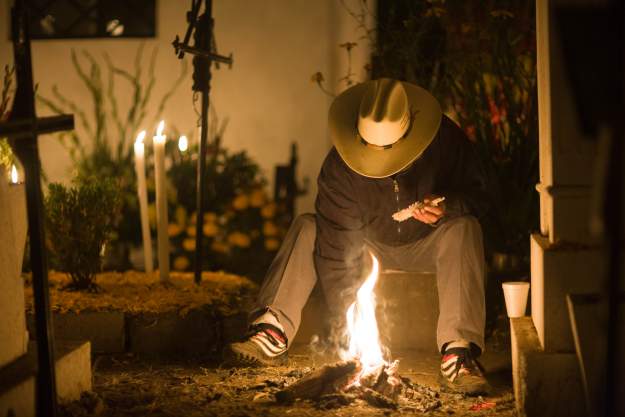
Here is a list of 8 queer Latinx icons who we celebrate on this Día de Muertos. Their lives and work resonate with our community and have become immortalized through current popular culture. And those not on this list, we honor them and encourage you to pay your respects in whatever way you know.
Juan Gabriel
January 7, 1950-August 28, 2016
Born Alberto Aguilera Valadez, Juan Gabriel–or JuanGa as he is known by many—was a Mexican singer known for his flamboyant disposition and incredible charisma. The award-winning singer/songwriter collaborated with some of the greatest talents worldwide and gave the world legendary ballads like Querida, Yo No Nací Para Amar, Hasta Que Te Conocí, and Amor Eterno, and other favorites like El Noa Noa and No Tengo Dinero. During his lifetime and career, Juan Gabriel’s sexual identity was always a topic of interest. He was questioned many times during interviews, but never ‘officially’ came out. He was beloved by both women and men and remains one of Mexico’s most cherished artists.
Frida Kahlo
July 6, 1907-July 13, 2954
Frida Kahlo is quite possibly one of Mexico’s most representative and reproduced artists. Her works include many self-portraits during high and low moments in her life. The wife of muralist Diego Rivera, Kahlo’s art explores identity, post-colonialism, gender, class, and race in Mexican society. Her work is noted by its vibrant colors and surrealism and magical realism elements. Throughout her life Kahlo had affairs with both men and women. She has been linked to actresses María Felix, Dolores del Rio, and Paulette Goddard—she is also rumored to have had an affair with American painter Georgia O’Keeffe. Kahlo also cross-dressed as a way of expressing her understanding of power and superiority that men have in society.
Marielle Franco
July 27, 1979-March 14, 2018
Born Marielle Francisco da Silva, the Brazilian feminist, politician, activist identified as bisexual. She held a master’s degree in public administration and rose to public office in Rio de Janeiro speaking on issues such as police brutality, extrajudicial killings, and corruption. During her life, Franco did much work for poor black women and those living in favelas. She was an advocate for the rights of the people, but was targeted for being a part of the Socialism and Liberty Party (PSOL). On March 14, 2018 was killed after she and her driver were shot by two individuals in another car. Her assassination has caused floods of protesting across Brazil and she continues to be honored as the fierce human rights activist she was.
Reinaldo Arenas
July 16, 1943-December 7, 1990
Reinaldo Arenas was a Cuban poet, novelist, and playwright known for great works such as Pentagonia and Before Night Falls. Arenas was an early sympathizer of Fidel Castro and the revolution, but later became a rebel of the Cuban government. He was a journalist who published writings against communism and was incarcerated in 1974 for his defiance. He escaped prison, but was rearrested where he survived by helping other prisoners write to their loved ones. He continued to write during these times. He was released in 1976. In 1987, Arenas was diagnosed with AIDS but he never stopped writing and speaking out against the Cuban government. His book Before Night Falls tells his life story as an activist and shares experiences of sexual exploration throughout his life in Cuba.
From Before Night Falls:
The gay world is not monogamous. Almost by nature, by instinct, the tendency is to spread out to multiple relationships, quite often to promiscuity. It was normal for me not to understand this at the time; I had just lost my lover and felt completely disillusioned.
Chavela Vargas
April 17, 1919-August 5, 2012
Born Isabel Vargas Lizano, Chavela Vargas was a Costa Rican-born Mexican singer who was immediately identifiable by her husky, soulful voice. She left Costa Rica at a young age to pursue a better life in Mexico where she sang in streets for years before being discovered. She rose to fame during a time when only mostly men dominated the Ranchera genre in Mexico, but she interpreted songs about heartbreak and pain with such perfection that she became associated with this sorrow. She was close friends with Mexican icon José Alfredo Jiménez who she sang next to on many occasions. Chavela was ‘one of the boys’ who drank until the bars closed, carried a gun, and frequently dressed like a man. Although she was linked to many women in her life, she never felt it was necessary for her to ‘come out’. The 2017 documentary titled Chavela is a poetic look into the painful life of the artist, a film that is poignant and opens up a greater appreciation for the singer/songwriter’s life.
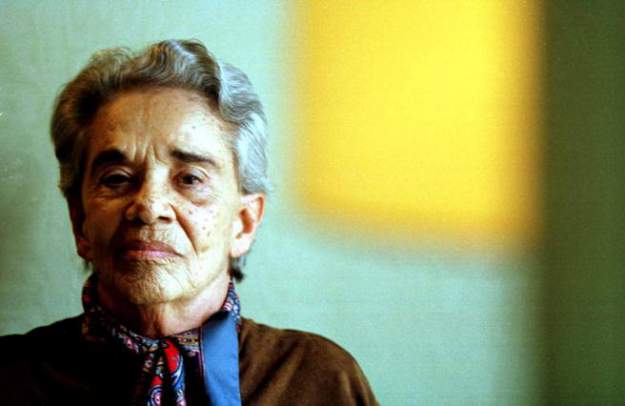
Francisco X. Alarcón
February 21, 1954-January 15, 2016
Francisco Xavier Alarcón was an award-winning poet and educator whose work was written in English, Spanish, and Nahuatl. Alarcón’s work spanned decades of passion writing for marginalized voices. Some of his notable works include Body in Flames/Cuerpo en llamas, Poems to Dream Together/Poemas para soñar juntos, Of Dark Love/De amor oscuro, and Snake Poems: An Aztec Invocation among many others. The themes in his work frequently touched on social injustice and inequity. In 2008, Alarcón married his longtime partner Javier Pinzón during a legal window for gay marriage in California. The two were together until his death in 2016.
from Of Dark Love: I
TRANSLATED BY FRANCISCO ARAGÓN
I
there has never been sunlight for this love,
like a crazed flower it buds in the dark,
is at once a crown of thorns and
a spring garland around the temples
a fire, a wound, the bitterest of fruit,
but a breeze as well, a source of water,
your breath—a bite to the soul,
your chest—a tree trunk in the current
make me walk on the turbid waters,
be the ax that breaks this lock,
the dew that weeps from trees
if I become mute kissing your thighs,
it’s that my heart eagerly
searches your flesh for a new dawn
Francisco X. Alarcón, from “Of Dark Love” from From the Other Side of Night/Del otro lado de la noche. Copyright © 2002 by Francisco X. Alarcón. Reprinted by permission of University of Arizona Press.
Source: From the Other Side of Night/Del otro lado de la noche? (University of Arizona Press, 2002)
Sylvia Rivera
July 2, 1951-February 19, 2002
Born and raised in New York City, Sylvia Rivera was an LGBTQ+ civil rights activist who protested and fought for transgender rights and gay liberation. She was a self-identified drag queen and a founding member of Gay Liberation Front, Gay Activists Alliance, and Street Transvestite Action Revolutionaries (STAR) along with Marsha P. Johnson. They advocated for homeless young drag queens and trans women of color. Rivera was also a veteran of the Stonewall uprising for which we celebrate Pride today. Rivera didn’t live her life via labels and, in fact, didn’t like to call herself transgender. She was complex in her personal life but righteous in fighting for causes of gender and racial intersectionality. Her contributions to the LGBTQ+ movement often go overlooked.
In the video below, Rivera proclaims:
You all tell me, go and hide my tail between my legs.
I will no longer put up with this shit.
I have been beaten.
I have had my nose broken.
I have been thrown in jail.
I have lost my job.
I have lost my apartment.
For gay liberation, and you all treat me this way?
What the fuck’s wrong with you all?
Think about that!
María Félix
April 8, 1914-April 8, 2002
Known as one of the most influential actresses during Mexico’s Golden Age of cinema, María Félix was a bombshell on and off screen. She is also known by many as ‘La Doña’ or ‘María Bonita’ for being a commanding presence with her captivating beauty. Félix starred next to some of cinema’s most handsome leading men and starred in 47 films including Doña Bárbara, Enamorada, Río Escondido, and Maclovia. In her personal life, Félix was married four times, but was adored by both men and women. She is believed to have had many affairs, including one with artist Frida Kahlo, but nothing has ever been proven. Félix was notorious for having an arrogant demeanor that popularized her as an independent feminist. Her one-liners and catch phrases are still adored today by many who see her as an icon of vintage Mexican popular culture.
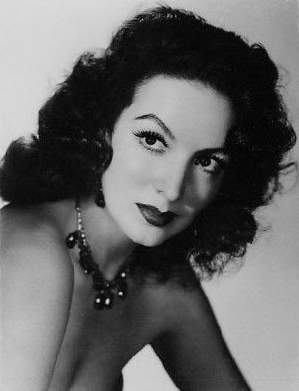

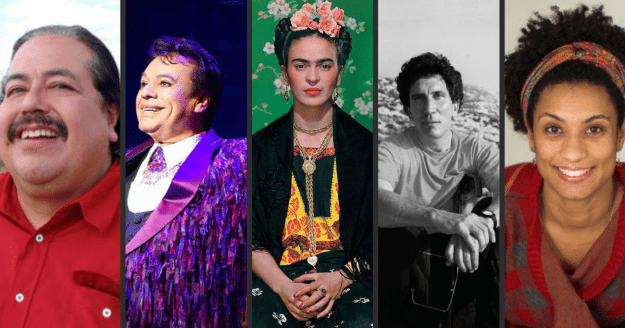

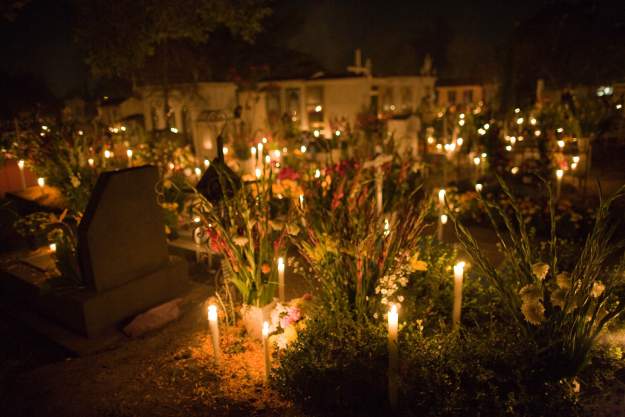
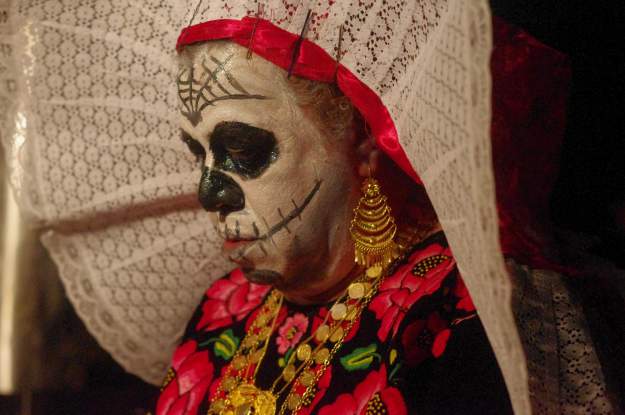
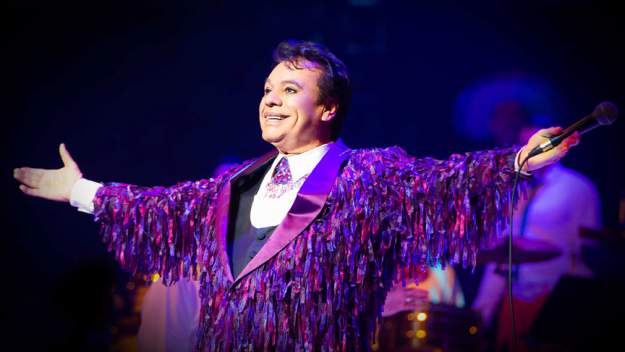
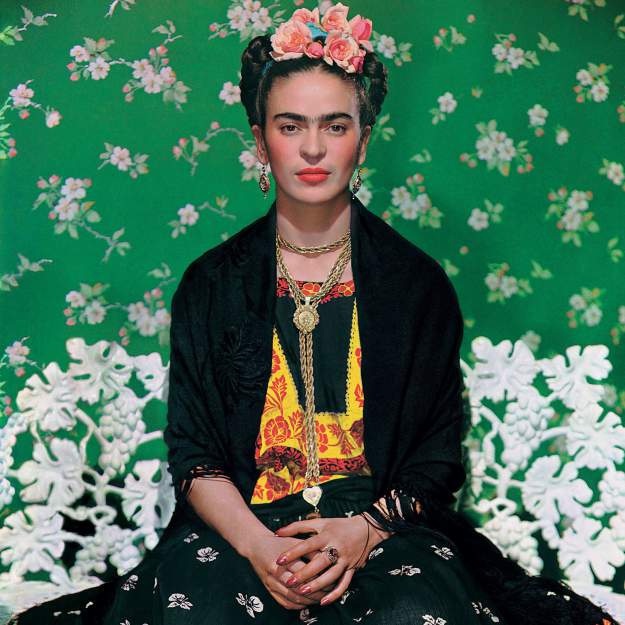


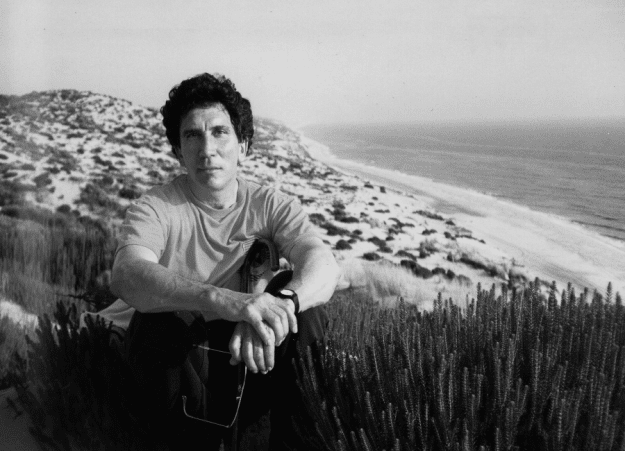
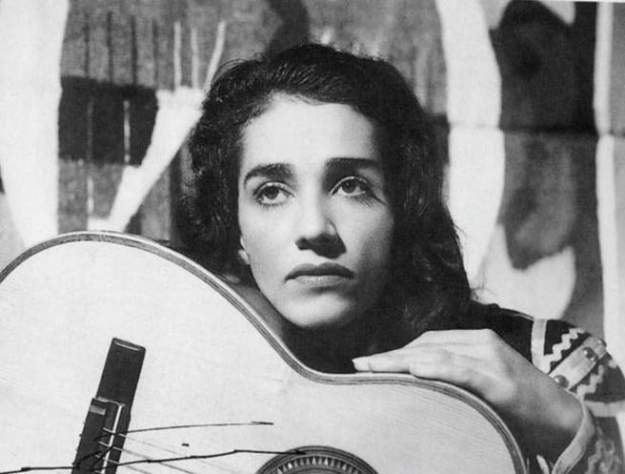
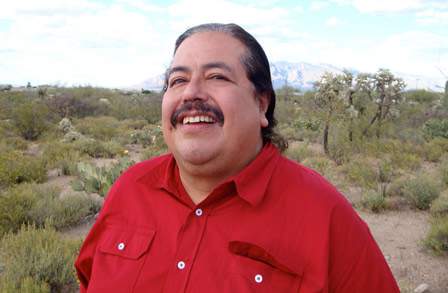
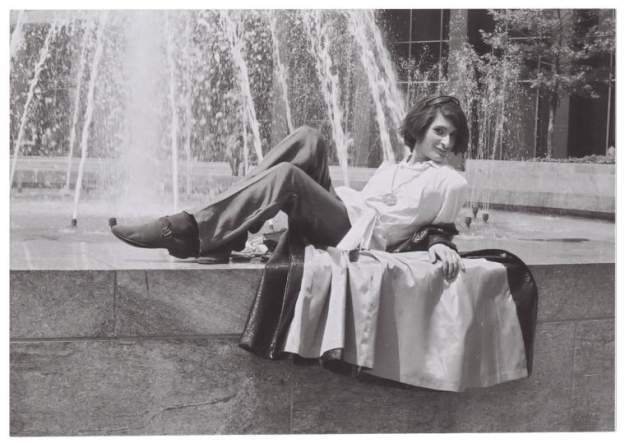
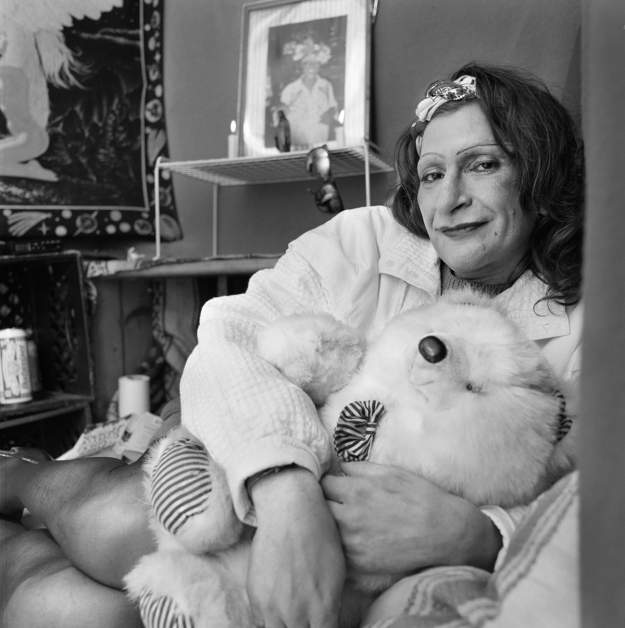
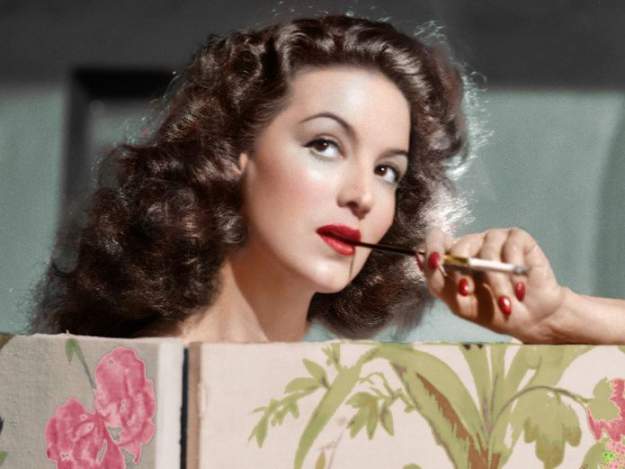
Kahlo and Arenas are
Kahlo and Arenas are important, but no Ramon Novarro ? One of the most important figures in early Hollywood. The first Ben-Hur.